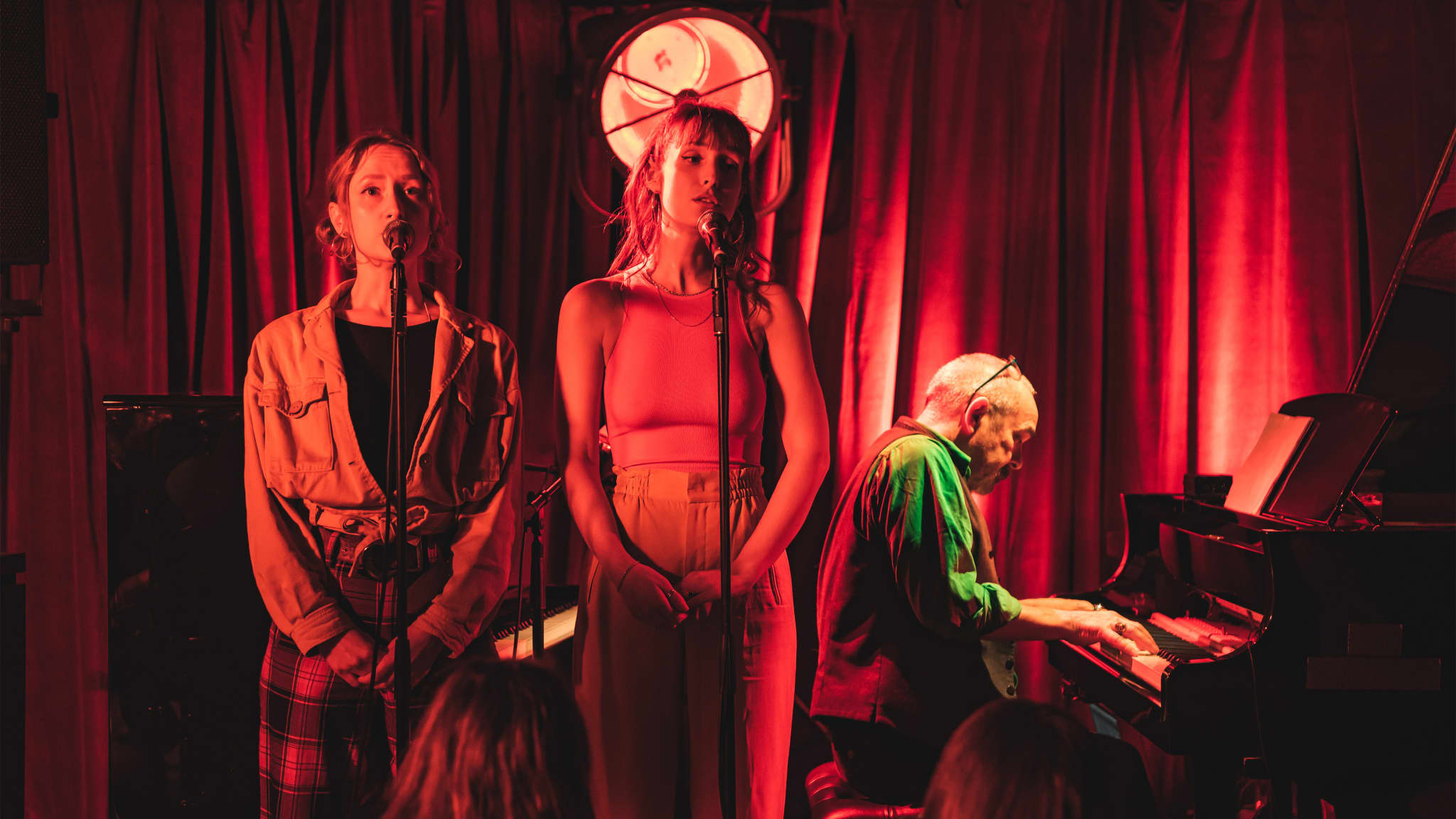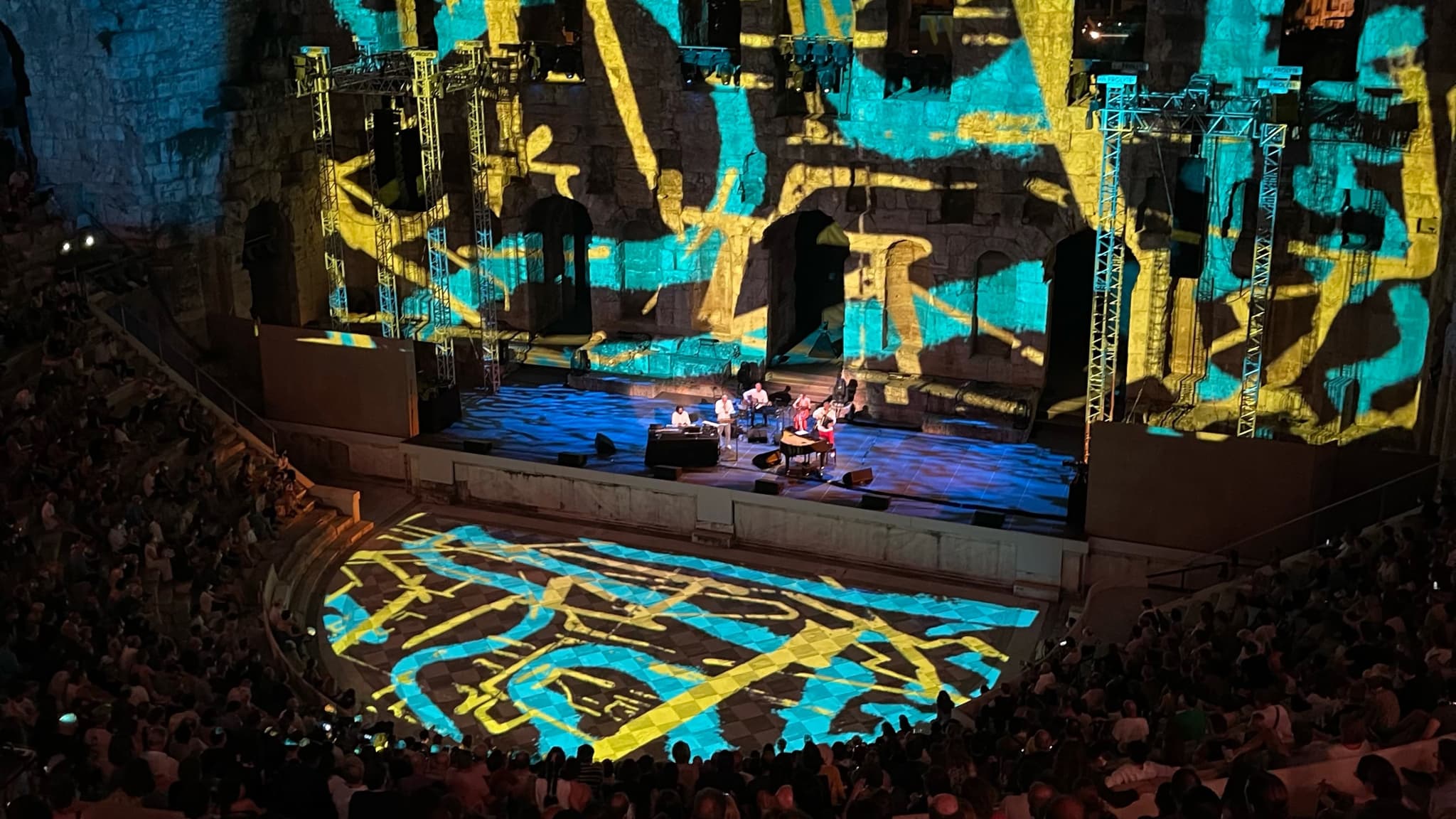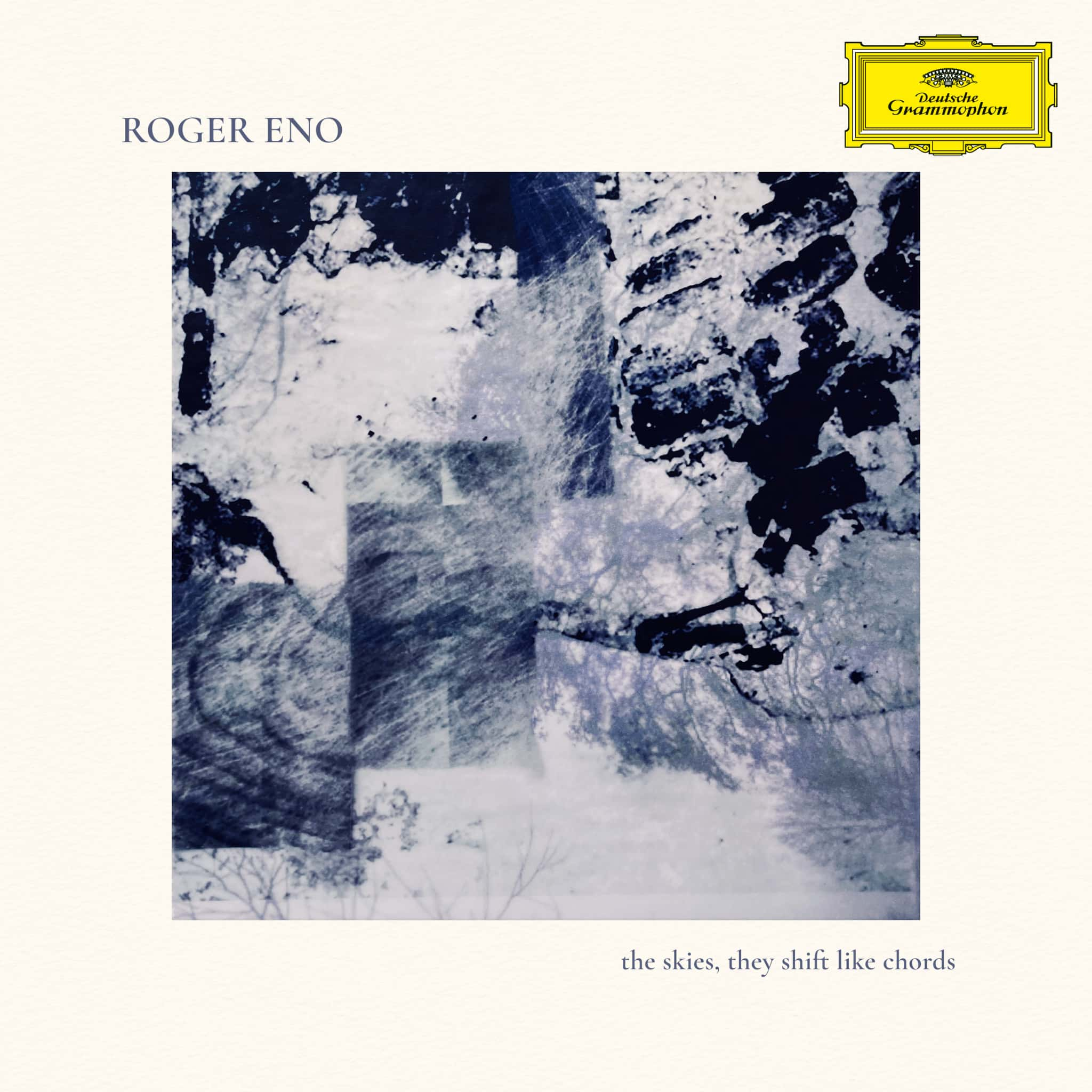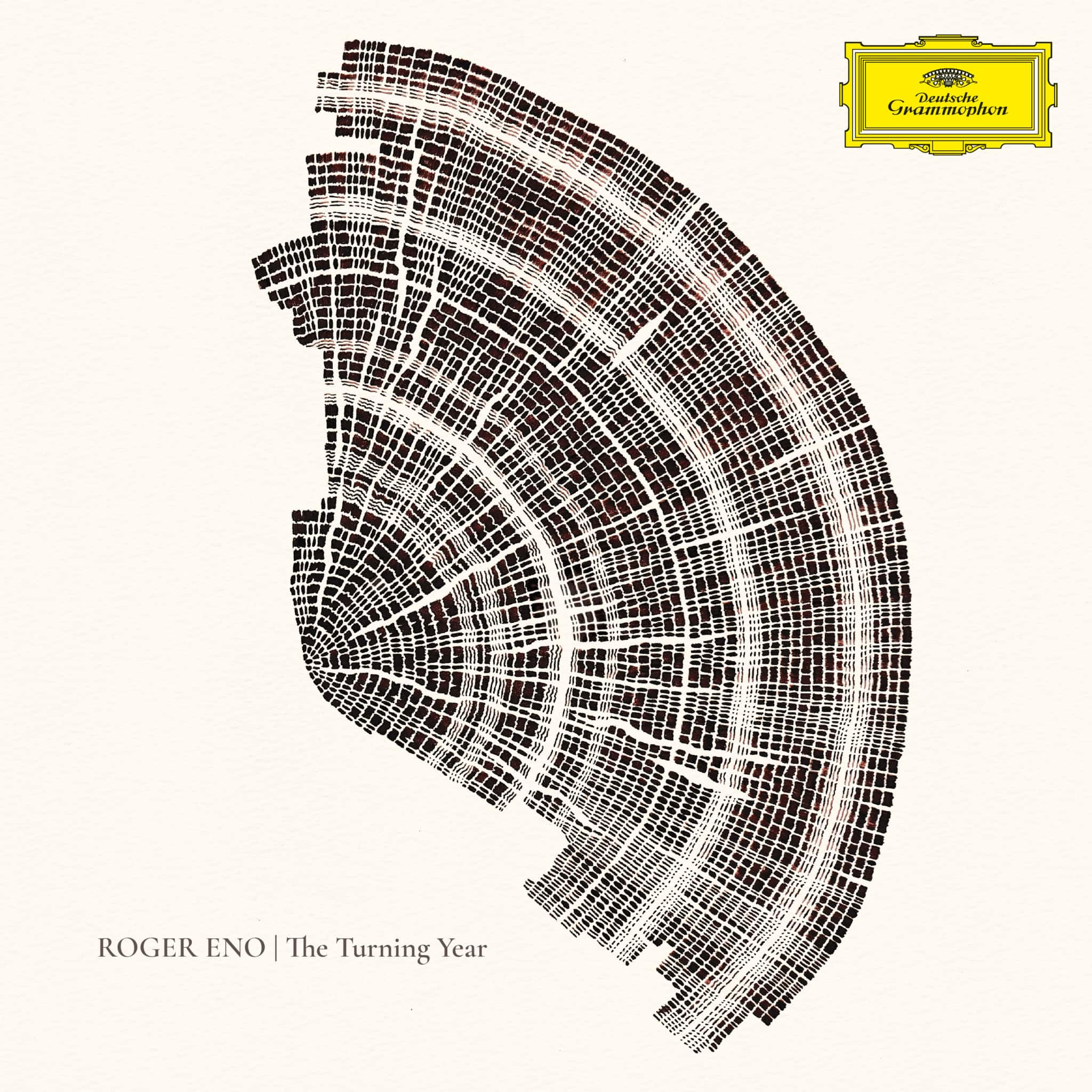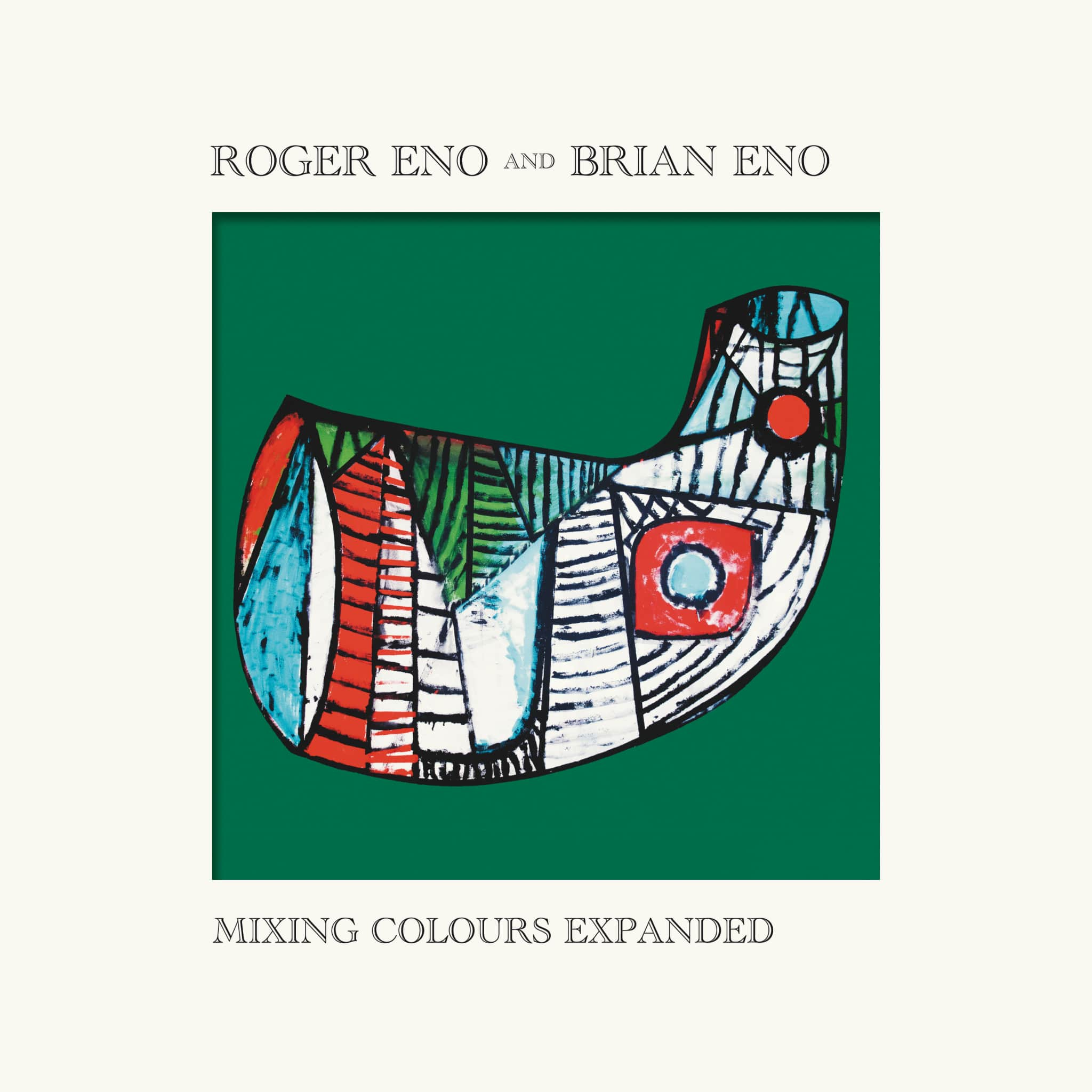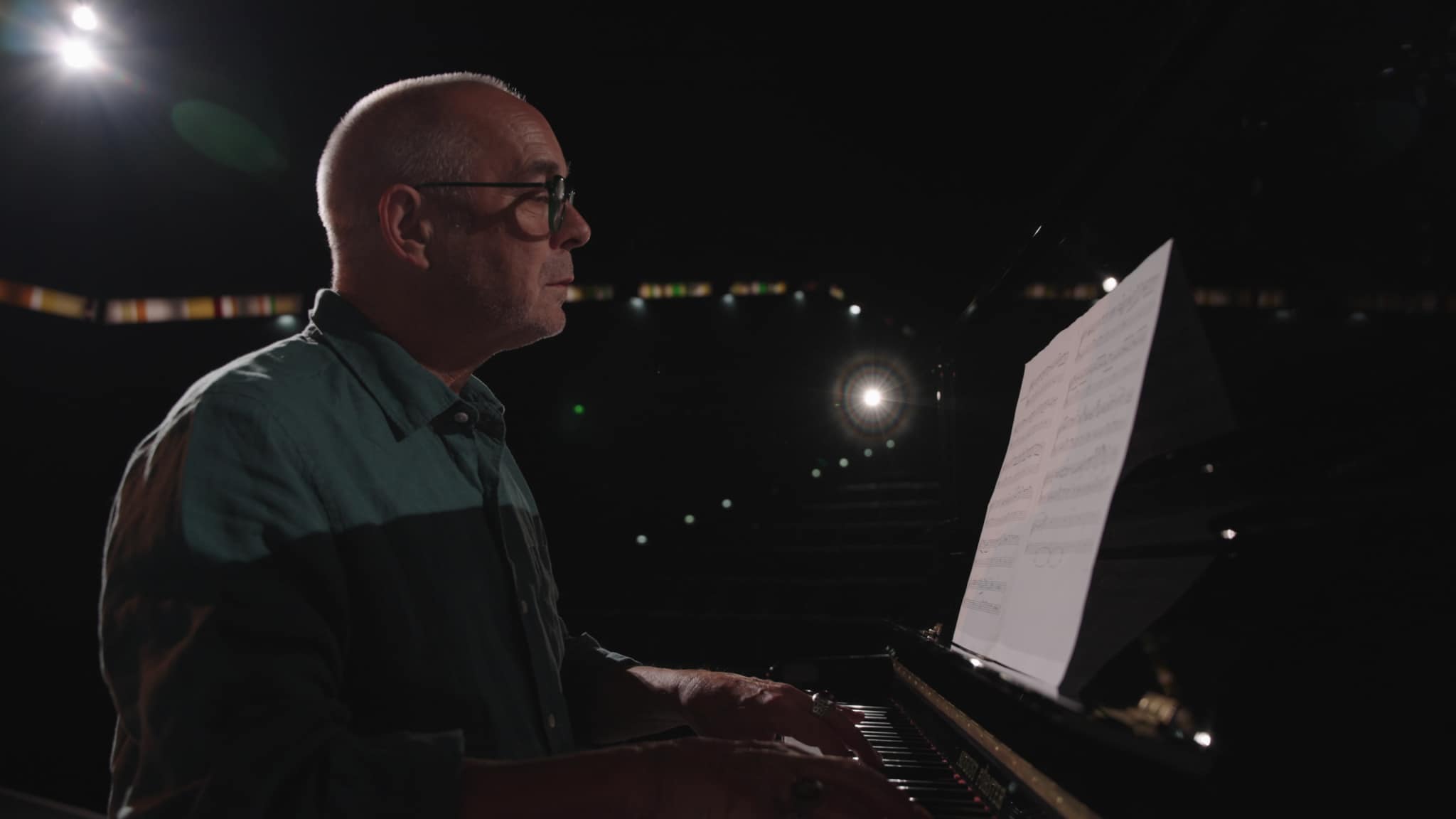Konzerte und Opern
Alben
Kurze Videos
InfosRoger Eno

Der Brite Roger Eno steht in einer Tradition, in der ein Musiker in einem komponierte, spielte, sang und das Publikum berührte. Seine Arbeit als Komponist, Sänger und Tonpoet ist die heutige Entsprechung des einstigen Troubadours, er ist ein Schöpfer von Klängen, die die Impressionen der Welt aufgreifen und den Menschen in ihr verorten. Enos Heimat East Anglia, eine flache Landschaft mit einem weiten Himmel darüber, hat tiefe Eindrücke in seinen Kompositionen und Soloalben hinterlassen, während sich die Offenheit seines kreativen Schaffens in Installationen spiegelt, die seine Liveauftritte begleiten. Als Multiinstrumentalist und Sänger setzt Eno auch auf die Zusammenarbeit mit anderen, nicht zuletzt mit seinem Bruder Brian.
Eno wurde 1959 in Woodbridge, Suffolk, geboren. Er entlockte seine erste Melodie einem Schulkornett und machte rasche Fortschritte im Euphoniumunterricht, bevor er ein altes Klavier auftrieb und sich das Spielen selbst beibrachte. Mit 16 schrieb er sich an der Colchester Institute School of Music ein, wo der Zuspruch eines Tubalehrers und das Eintauchen in die Musik des französischen Impressionismus und des englischen Pastoralismus sein Interesse am Komponieren weckte. Die suggestive Musik legte den Grundstein für Enos ganz eigene Art von Minimalismus – frei von Künstlichkeit, intensiv im Gefühl und klanglich kontemplativ.
Nach dem College schlug sich Eno zunächst in London als Pianist in Jazzbars und als Straßenmusiker durch, kehrte jedoch bald nach Colchester zurück, um als Musiktherapeut Geld zu verdienen. 1983 arbeitete er erstmals mit seinem Bruder Brian zusammen, an Apollo: Atmospheres and Soundtracks, das als Filmmusik für die Originalfassung von Al Reinerts Dokumentarfilm For All Mankind gedacht war. Voices, Enos von Satie inspiriertes Solodebütalbum, folgte 1985, ein stiller Mix aus akustischem Klavier und Elektronik. Between Tides (1988) führte eine größere Vielfalt an Stilen und Instrumentalklängen ein, doch die ruhige Ästhetik blieb. Enos Diskografie wuchs in den 1990er- und frühen 2000er-Jahren durch weitere Soloalben, von Lost in Translation und The Flatlands bis zu Fragile, Anatomy und Dust of Stars, oder durch Projekte mit anderen, darunter Singer-Songwriter Peter Hammill, Multiinstrumentalist Pier Luigi Andreoni oder die britische Musikband The Orb. Ein breites Publikum erreichte seine Musik in Filmen wie 9½ Wochen, Trainspotting – Neue Helden und The Jacket. Mixing Colours, sein erstes Duo-Album mit seinem Bruder, entstand im Lauf von 15 Jahren. Die meditative Klangwelt ist von der Ruhe durchdrungen, die seine Musik auszeichnet.

